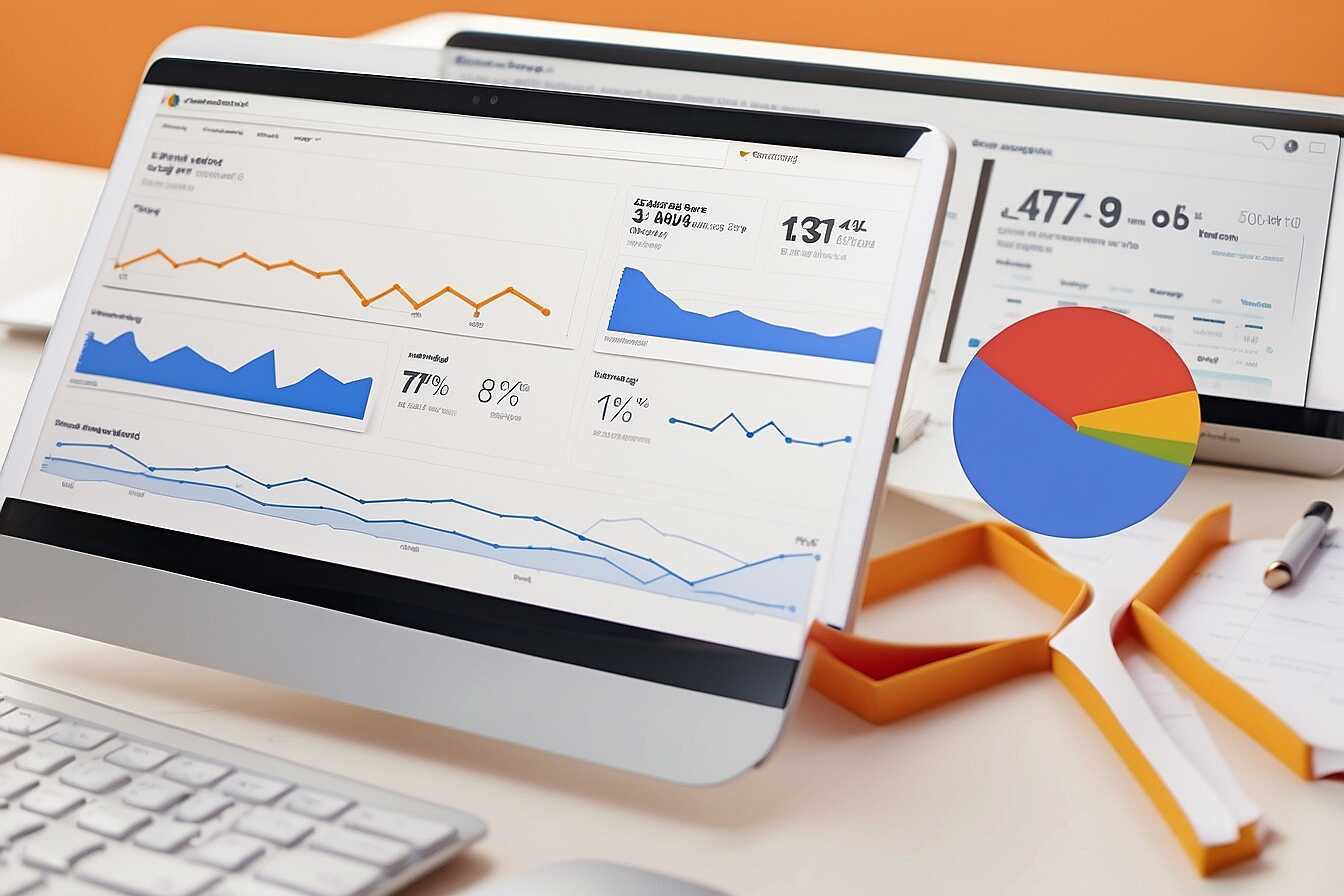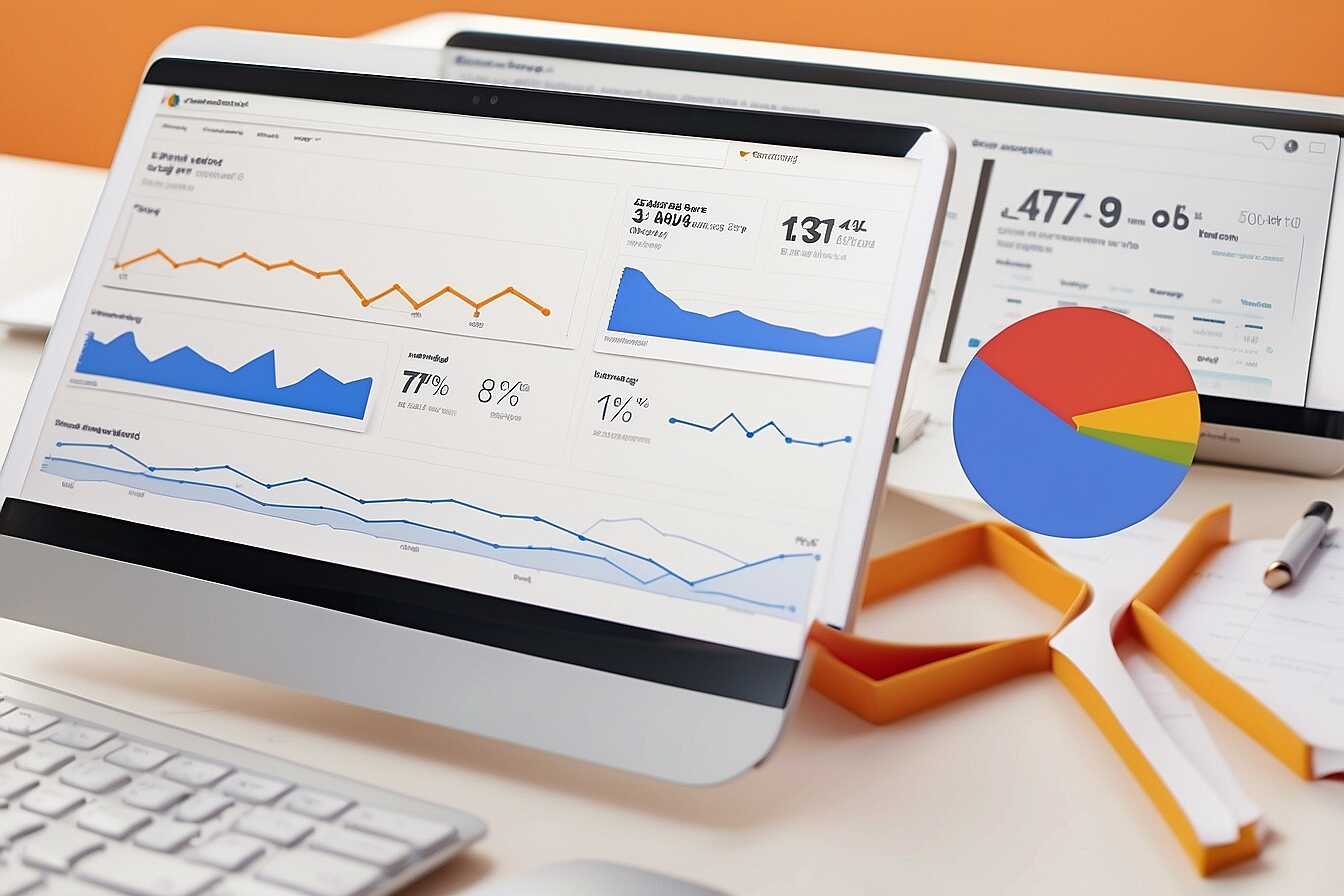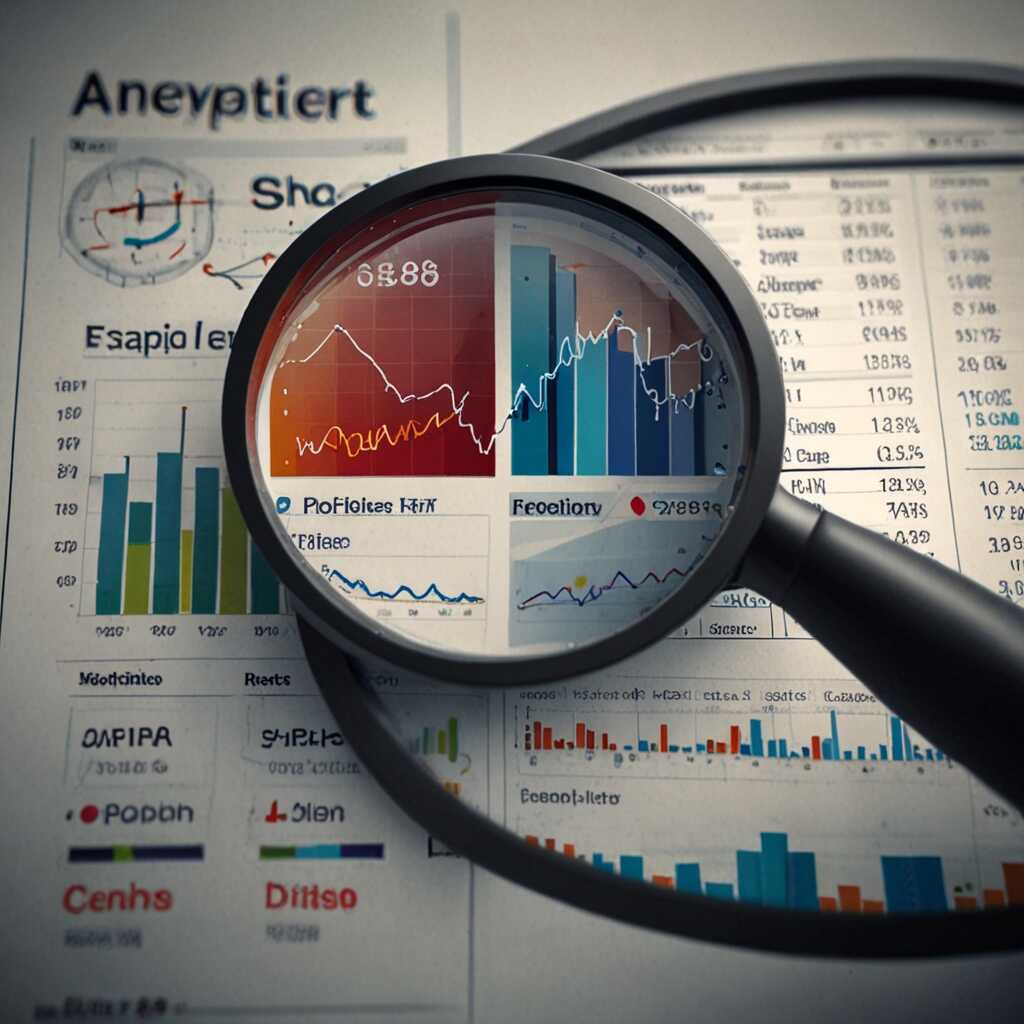Understanding the differences between crawling and indexing in SEO is crucial for optimizing your website’s visibility. Crawling refers to how search engines discover new or updated content, while indexing is the process of storing and organizing that content for retrieval in search results. At Metrics Rule, we aim to simplify these concepts for beginners, helping you improve your website’s performance and navigate the sometimes confusing world of SEO. By mastering crawling and indexing, you can ensure that your site gets the attention it deserves from search engines.
Introduction to SEO and Its Importance for Websites
Search Engine Optimization (SEO) focuses on enhancing online visibility for websites. It involves improving website structure, content, and authority to make it easier for search engines like Google and Bing to find, crawl, and index pages. Understanding the basic concepts of SEO is essential for anyone wanting to earn a better position in search results. Crawling refers to how search engines explore and analyze your website’s pages, while indexing is when that information is stored for future retrieval. It’s estimated that around 90% of online content is indexed by search engines each year, making effective SEO vital for reaching your audience.
Understanding Crawling and Indexing in SEO
Crawling and indexing are interconnected processes that form the backbone of SEO. Crawling is the initial step, where search engine bots visit your site to discover new and updated pages. They analyze your site’s content and structure, which helps determine which pages should be indexed. Indexing, on the other hand, is when that data is stored in search engine databases, allowing it to be displayed in search results when relevant queries arise. By optimizing your website for efficient crawling and indexing, you enhance its overall functionality and visibility, ultimately driving more organic traffic and improving your online presence.
What is Web Crawling and Its Mechanisms
Web crawling is the process where search engine bots explore the internet to collect data from various web pages. These bots, often referred to as spiders or crawlers, navigate through websites by following hyperlinks. They start from a list of known web addresses, visiting, and analyzing the content found on each page. This data collection includes assessing the page structure, keywords, and the overall relevance to ensure effective indexing. The significance of crawling directly impacts how well a website ranks in search engines, as only crawled pages have the opportunity to be indexed and appear in search results.
How Search Engine Bots Navigate and Analyze Websites
Search engine bots utilize algorithms designed to enhance their efficiency in navigating the intricate web of online content. These bots systematically traverse web pages, beginning from a sitemap or a previously indexed URL, gathering essential data such as keywords, metadata, and internal linking structures. By following hyperlinks, they can uncover new content dynamically added to websites. Each bot is capable of crawling thousands of web pages in minutes, depending on the site’s loading speed and overall architecture. This efficient crawling process is critical for timely updates to the search index, enabling better search results for users seeking information.

Defining Indexing and Its Impact on SEO
Indexing in SEO refers to how search engines like Google and Bing organize and store data from crawled pages. When a page is indexed, it becomes part of the search engine’s database, allowing it to appear in search results. Not all crawled pages make it to the indexing stage due to various factors, such as duplicate content or poor quality. Indexing is essential for visibility in search results, as only indexed pages can be shown to users searching for relevant information. This means having a well-optimized site helps improve the chances of being indexed effectively.
Why Indexed Pages Are Crucial for Visibility
Having indexed pages is crucial for your website’s visibility in search results. When pages are indexed, they join a vast library where search engines can retrieve useful data like keywords, content, and metadata. This process ensures that your pages can be displayed to users, enhancing potential traffic and engagement. Optimizing your site through proven SEO best practices boosts your indexed pages, allowing you to target specific keywords more effectively. In 2025, it’s predicted that a majority of online visibility will depend on how well content is indexed and understood by search engines.
Key Statistical Insights into Search Engine Processes
- Crawlers examine over 30 trillion web pages regularly.
- Around 1,500 new websites launch daily, increasing competition.
- Google has over 200 factors affecting search engine rankings.
- Indexing helps over 100 billion searches occur each month.
- Pages can take minutes to weeks for indexing after crawling.
- On average, a website should aim for a 70% crawl ratio for effectiveness.
- Google updates its algorithms approximately every 40-60 days.
Crawling Versus Indexing Explained Clearly
Crawling and indexing are two fundamental concepts in SEO that ensure your website is visible to users. Crawling is the process where search engine bots, like Googlebot, systematically browse the web to discover new and updated content. During this process, they follow links from one page to another and collect data. Indexing, on the other hand, refers to how search engines store this data in their databases after it’s crawled. It’s similar to a library cataloging books; if a book is not cataloged, it cannot be found. Therefore, understanding the difference between crawling and indexing is essential for optimizing your website for better visibility and performance in search results.
Understanding the Role of Search Engines in Crawling and Indexing
Search engines like Google and Bing utilize sophisticated algorithms designed for efficient crawling and indexing of web pages. These algorithms enable them to handle vast amounts of data seamlessly. For instance, they may crawl millions of pages every second to keep their indexes updated. To enhance your website’s reliability in this system, you should focus on optimizing your site’s crawl budget. This involves ensuring that search engines prioritize essential pages, improving webpage load speed, and using sitemaps effectively. By making your site easy to crawl and index, you can significantly boost its visibility and attract more organic traffic.

Common Myths Surrounding Crawling and Indexing
Many SEO beginners hold misconceptions about crawling and indexing. A frequent myth is that crawling and indexing are identical processes. In reality, crawling refers to how search engines discover pages, while indexing involves storing and organizing those pages in their databases. Another misconception is that all pages crawled are automatically indexed. However, search engines only index pages deemed valuable based on various factors, including relevance and quality. When comparing crawling across different search engines like Google, Bing, and Yahoo, users might think they all perform the same way, but each has unique algorithms that affect their crawling efficiency and indexing speed. Understanding these differences can help optimize your website better.
Understanding Search Engine Crawling and Indexing Differences
Each search engine has its own methods and algorithms for crawling and indexing web pages. For instance, Google often handles billions of pages simultaneously, making it faster than others like Yahoo or Bing. Google’s sophisticated crawlers analyze a page’s content and relevant backlinks. This meticulous process ensures the most useful pages are indexed. On the other hand, Bing and Yahoo might adopt different criteria for pages they find valuable. Knowing these differences is essential for tailoring your SEO strategies that can enhance your website’s visibility across different platforms. By focusing on improving both crawling and indexing aspects of your site, you can ensure optimal performance on search engines like Google and Bing.
Advantages of Grasping Search Engine Fundamentals
- Improved website visibility leads to more visitors and potential customers.
- Crawling efficiently helps with better indexing of valuable content.
- Understanding these processes aids in optimizing SEO strategies.
- Effective indexing increases your website’s chances of ranking higher.
- Enhanced user experience results from properly indexed pages.
- Knowledge of crawling and indexing helps prioritize essential content.
- Using correct techniques saves time and reduces SEO troubleshooting tasks.

Strategies for Optimizing Crawling and Indexing on Your Site
To enhance crawling and indexing, focus on structuring your site for easy navigation. This includes creating clear categories and using an intuitive hierarchy. Implementing a comprehensive sitemap allows search engines to discover all relevant pages quickly. Use a well-configured robots.txt file to instruct search engines about which pages should be crawled or skipped. These strategies improve site performance, ensure reliable indexing, and provide a better user experience, enhancing your SEO efforts.
Effective Use of Sitemaps and Robots.txt
Implementing a sitemap is essential for guiding search engines to your most important content. Ensure your sitemap is XML formatted and updated regularly to reflect new or removed pages. For effective robots.txt configuration, clearly define which sections can be accessed by crawlers. This helps control indexing quality and ensures that only high-value pages are prioritized in search results. Both of these tools can significantly improve your site’s crawled and indexed pages, contributing to your overall SEO strategy.
Tools to Analyze Your Crawling and Indexing Data
Key tools for monitoring your website’s crawling and indexing data include Google Search Console, Bing Webmaster Tools, and SEMrush. Google Search Console is essential for understanding how Google crawls your site. It provides invaluable insights, such as indexing status and any issues encountered. Comparatively, Bing Webmaster Tools offers similar features but with a focus on Bing’s search engine. Using these tools, you can assess website health, fix indexing issues, and optimize how search engines view your content. For a more detailed analysis, consider SEMrush to evaluate both on-page and off-page SEO metrics. The ideal percentage of pages that should be indexed for a healthy website typically ranges between 80-90%. Keeping this ratio can help ensure maximum visibility in search results.
Leveraging Google Search Console for Improved SEO
Google Search Console is an excellent resource designed specifically for monitoring your website’s SEO health. It includes features that offer insights on crawling errors, indexing status, and sitemap submissions to improve performance. Through its user-friendly interface, you can easily review your website’s overall visibility and receive alerts for any issues that may impede indexing. Additionally, understanding the data provided by this tool allows site owners to enhance their website’s structure and optimize content for peak efficiency. Regularly checking Google Search Console helps maintain a reliable website status and is crucial for effective SEO.
Relevant Brands and Their Impact in SEO Practices
- Ahrefs offers extensive data on backlinks but can be complex for beginners.
- SEMrush provides a user-friendly interface, great for keyword tracking.
- Moz focuses on community engagement but may lack comprehensive data.
- Yoast targets content optimization but doesn’t cover technical aspects.
- Google Search Console is essential for tracking indexing issues seamlessly.
- WordPress is widely used and supports various SEO plugins effectively.
- Content creators benefit from tools like BuzzSumo for idea generation.
Summary of Key Concepts and Resources for Further Learning
Understanding the essential differences between crawling and indexing in SEO is crucial for optimizing your site’s search engine visibility. Crawling refers to the process where search engine bots discover new and updated content on the internet. In contrast, indexing is when these search engines store and organize that content in their database, making it accessible for search results. To effectively enhance your website’s presence, utilizing tools like Google Search Console for monitoring crawling issues and site performance is key. Engaging in consistent keyword research helps ensure that the content you create aligns with user intent, improving rankings in search results. Additionally, keeping an eye on technical optimization ensures your site is easily crawled and indexed by search engines.
Key Tools and Techniques for Effective Crawling and Indexing
When looking to improve crawling and indexing efficiency, several essential tools provide invaluable insights. Google Search Console is a must-have for tracking how well your site is being crawled, allowing you to identify issues that could impede indexing. Other useful tools include Screaming Frog for site audits and Ahrefs for analyzing backlink profiles. Regular sitemap updates and the careful management of your robots.txt file can significantly impact how effectively search engines index your content. Remember, a well-structured site enhances user experience and improves crawling rates, ensuring that your content reaches the audience it was designed for.
